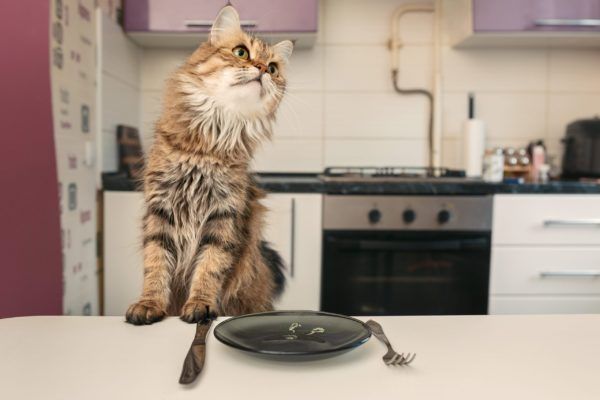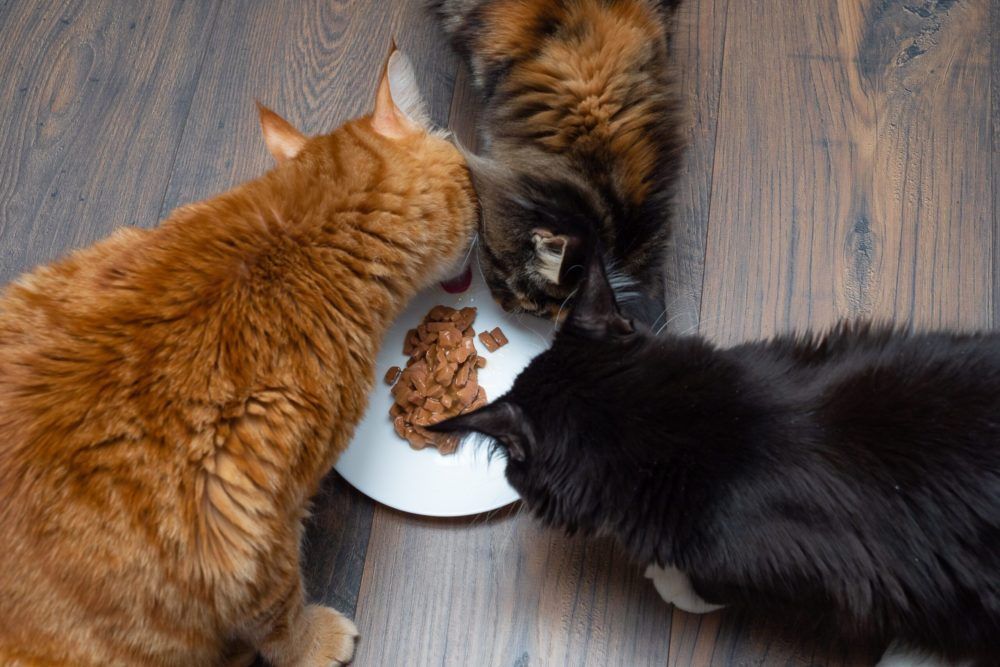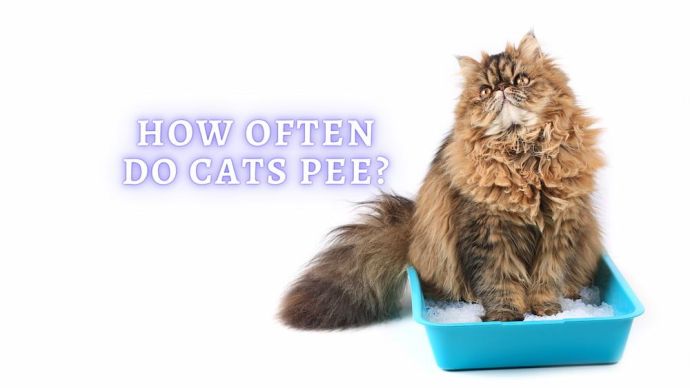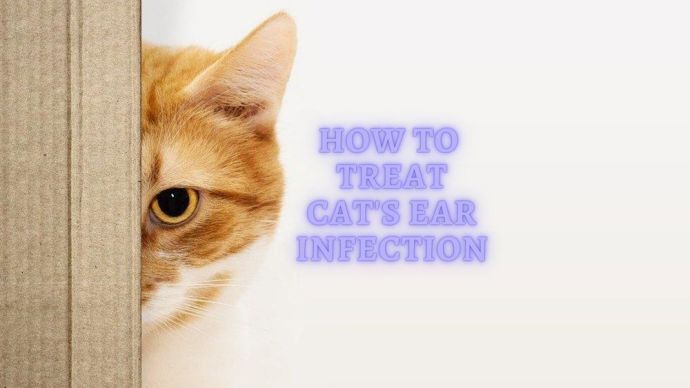Kittens Feeding Schedule: Veterinary Advice
Written by:
Author: Dr. Edele Grey
Dr. Edele Grey is a veterinary surgeon with seven years of experience. She professionally works mostly with horses but has treated pets of all sizes including terrapins, llamas, and others. Dr. Grey graduated with honors from the University College Dublin, Ireland, has completed further education in Equine Sports Medicine. In her free time, she enjoys writing about pet ownership and educating people about veterinary care of animals and preventing disease.
View all 10 articlesLearn about our editorial process and veterinary review board.
Viewed: 396
Updated on: 07/21/2021
Kittens! Adorable balls of fluff and spiky nails that leave us blissfully covered in loving scratches. The first year of kittens’ lives is full of experiences that need proper nutrition to give them the energy and good health for a long and happy nine lives.
Frequency of feeding your kitten will depend on what age the kitten
Neonates
Neonatal kittens are from birth up to 4 weeks of age. At this age, kittens tend to eat and sleep. These kittens will be close to mum and siblings with mum’s milk providing all their nutritional needs. The most important dairy for kittens at this age is the colostrum or “first milk” produced by their mum in the first 18-24 hours after birth. This milk is rich in antibodies and protein to give these babies the best start in life.
In these first weeks of life, kittens start with meals of 3-4ml up to approximately 15ml of milk meals every 2-4 hours. Newborn kittens will feed 8-12 times per day, which reduces to about 6 meals per day by 4 weeks of age.
Weaning
From 4 weeks of age, kittens start to explore other food options and are generally weaned by approximately 8 weeks old. Each kitten is developing at an incredibly rapid pace with a huge learning curve. At about 2 weeks, kittens’ first teeth come in and by 4 weeks old are showing interest in solid foods entering their transition from a milk-based diet to their adult diet. You should provide highly digestible and soft foods for your kitten to test out their new teeth.
Kittens will start feeding on their mum approximately 3 times per day with soft meals in between from a bowl. You can begin adding dry food to your kitten’s diet from this age also.
Rapid growth
Between the ages of 2-4 months, kittens have a rapid spurt of growth needing specific nutrients to support their brain and muscle development and growth. At this age, your kitten needs high-energy food to meet its growing needs. Your kitten will be fully weaned at approximately 8 weeks of age and rely solely on the food you provide for their needs. 3-4 meals per day are suitable for your little growing ball of fur at this stage in their development.
Maintaining growth
Your kitten’s growth slows down from around 4 months of age, but they continue to grow and develop until approximately 1 year old when they reach their full adult weight and size. Your kitten’s nutritional and energy requirements will stabilize and depend on their size, whether they are indoor or outdoor cats and if your kitten has been neutered or is entire at this point in their life. Your kitten will thrive on 3 meals per day but as they near 12 months of age this can be reduced to two larger feedings per day. Remember to make all these dietary changes over 7-10 days to prevent tummy upsets.
READ MORE: Kitten Throwing Up
How much Wet and Dry Food should I feed per day?
There are pros and cons to both wet and dry diets for cats. Kittens do well on either or a mixture of both types. The most important part of your kitten’s diet is that they are designed for their specific life stage and meet all the nutritional requirements of your active and growing kitten. Wet food provides more moisture than dry food; however, it spoils much quicker and should be discarded if not eaten within 20-30 minutes. Conversely, dry food is convenient and can be left available much longer for your kitten to graze if this is your preference.
READ MORE: Сan Сats Taste Spicy
Now is a good time to start developing a feeding schedule for your kitten. This is particularly important if you have multiple cats in your household as this helps to ensure that everyone eats their fair share and using appropriate portions at specified times can help reduce over-eating and future obesity problems. Obesity is the leading cause of many nutritional diseases we see in pet cats nowadays and as the old adage states: “Prevention is better than cure”.
READ MORE: Dehydration in Cats Treatment
What can I Feed my Kitten?
We all like treats and kittens are no different. Once you provide a well-balanced, nutritionally complete diet for your kitten in sufficient quantities to meet their energy needs then treats should be kept to a minimum but it’s impossible to say no to those adorable whiskers!
Some human foods that your kitten can try include cooked fish or plain meats with no flavoring. Small amounts of a scrambled egg can also be a tasty treat for your kitten while providing a little extra protein. The most important thing to remember is that if you give your kitten human food, there are no added flavors or spices added. Garlic, onion, and spices are actually toxic to pets and should never be given. Raw eggs, meats, and fish can cause upset tummies in kittens, so they shouldn’t be treated as treats. Milk and cheeses are high in lactose which kittens and cats find very difficult to digest which can cause diarrhea, vomiting, bloating and a sore tummy for your kitten so should be avoided where possible.
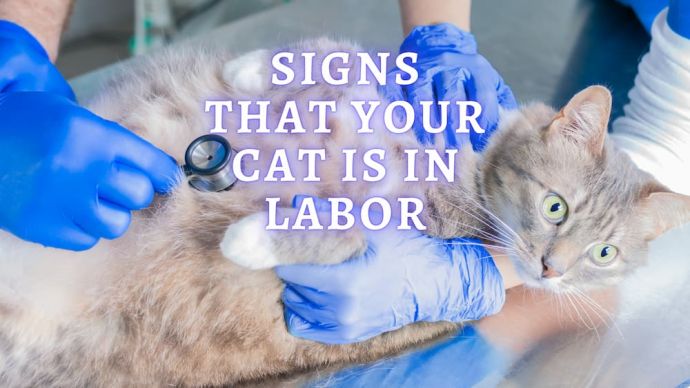 Cat Veterinary Tips Signs That Your Cat is in Labor: How to tell if a Cat is Pregnant?
Cat Veterinary Tips Signs That Your Cat is in Labor: How to tell if a Cat is Pregnant? - 15122
- 1
 Cat Veterinary Tips Dehydration in Cats: Causes, Signs, Symptoms, and Treatment
Cat Veterinary Tips Dehydration in Cats: Causes, Signs, Symptoms, and Treatment - 411
- 0
 Cat Veterinary Tips Cat Fleas and Ticks: How to get rid of Fleas on Cats? (Vet Advice)
Cat Veterinary Tips Cat Fleas and Ticks: How to get rid of Fleas on Cats? (Vet Advice) - 185
- 0
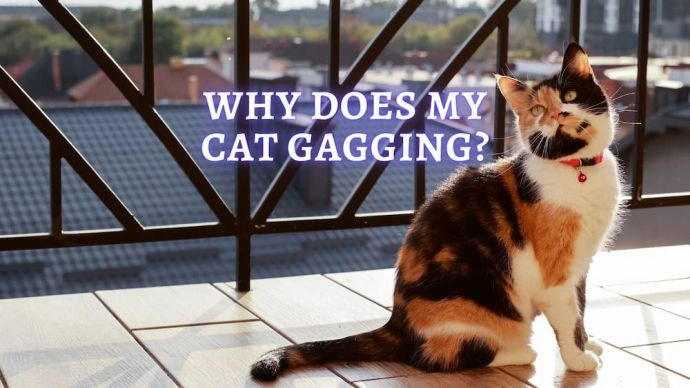 Cat Veterinary Tips Cat Gagging: Why Does My Cat Keep Gagging But Not Throwing Up? (Vet Advice)
Cat Veterinary Tips Cat Gagging: Why Does My Cat Keep Gagging But Not Throwing Up? (Vet Advice) - 1809
- 0
 Cat Care Why Does My Cat Attack My Legs? 10 Reasons Why and What To Do About It (Vet-Approved Advice)
Cat Care Why Does My Cat Attack My Legs? 10 Reasons Why and What To Do About It (Vet-Approved Advice) - 46013
- 21
 Cat Veterinary Tips Cat Stomach Gurgling: Vet Advice on Why is Your Cat Stomach Gurgling?
Cat Veterinary Tips Cat Stomach Gurgling: Vet Advice on Why is Your Cat Stomach Gurgling? - 36469
- 4
 Cat Veterinary Tips My Cat Lost its Voice: Can Cats get Laryngitis? (Vet Advice)
Cat Veterinary Tips My Cat Lost its Voice: Can Cats get Laryngitis? (Vet Advice) - 23554
- 13









